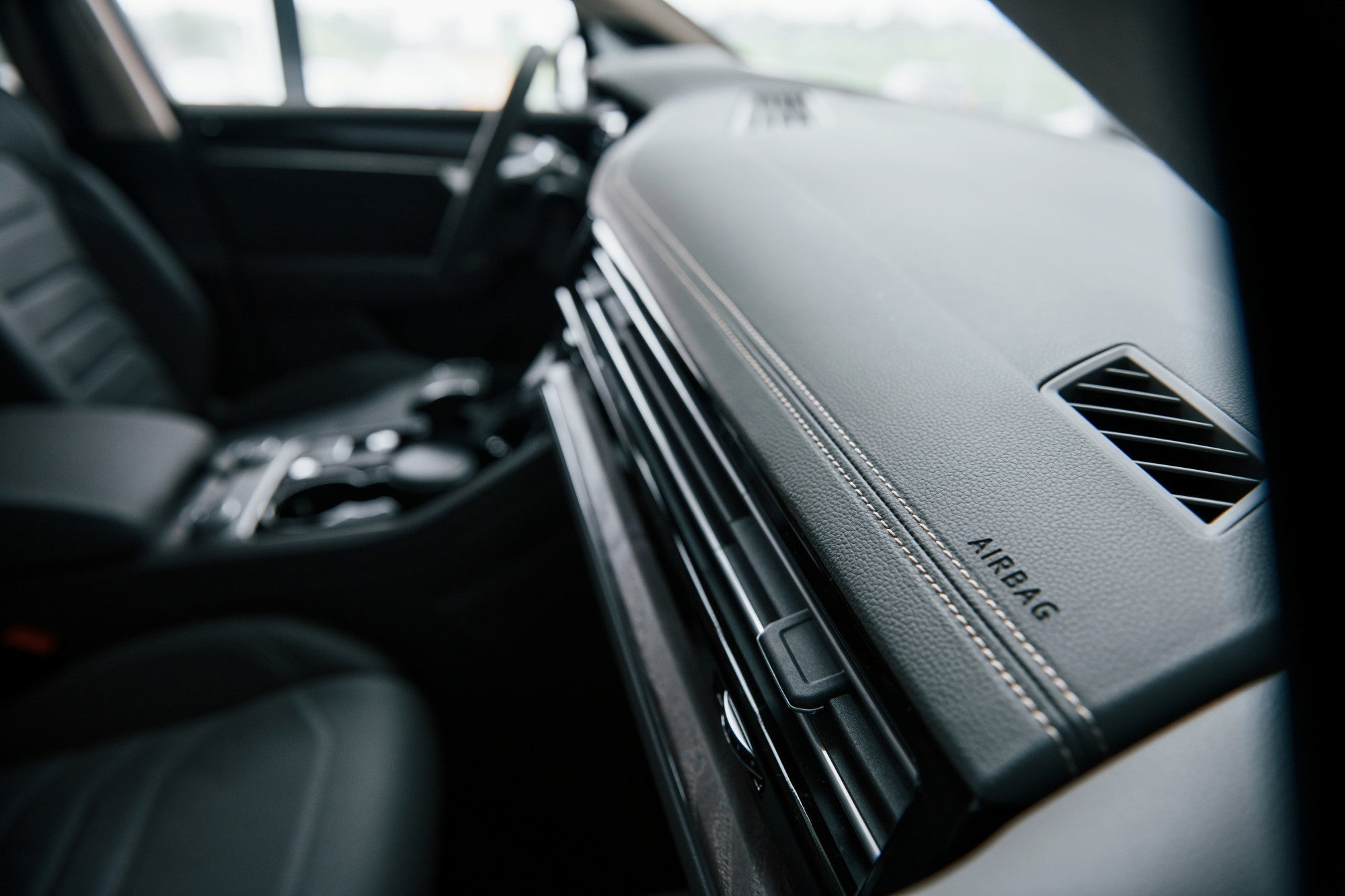No products found.
Use fewer filters or clear filters.
What should I pay attention to with Kia K8 airbag control units?
The airbag technology used in the Kia K8 is state-of-the-art and complex, requiring the utmost precision when repairing airbag control units on this model. As an upper-mid-size vehicle, only produced since 2021, the K8 integrates the most advanced safety systems, ensuring specific expertise for professional repair.
The Kia K8 was introduced in February 2021 as the successor to the Kia K7 (Cadenza) and marks Kia's entry into the premium mid-size segment. Its short but intense production history since 2021 already includes a major facelift in August 2024, underscoring the continuous technological advancement within this single generation.
The Kia K8's airbag systems are an integral part of the comprehensive Advanced Driver Assistance Systems (ADAS). They are designed for maximum occupant safety and utilize networked sensors and intelligent control units to respond optimally in the event of a collision. Due to this advanced integration, repairing a defective airbag control unit requires specific expertise and state-of-the-art diagnostic tools.
Which Kia K8 generations are there?
The Kia K8 has been produced in a single primary generation, which began in 2021 and received a significant facelift in August 2024. This continuous development within the first generation means that the airbag control units and their compatibility across different model years also require careful attention.
The first generation of the Kia K8 launched in 2021 and established the model as a premium sedan. This vehicle, designed primarily for the South Korean market, appeals to a discerning clientele that values comfort, luxury, and cutting-edge technology. The 2024 facelift brought not only visual updates but also frequent updates to the internal electronics and software, which can affect the airbag control unit.
Although formally a single generation, it's important to understand that models before and after the 2024 facelift may use different software versions or slightly modified hardware revisions of the airbag control units. These nuances are crucial for accurate diagnosis and successful repair.
How do I identify my Kia K8 airbag control unit?
The unique identification of a Kia K8 airbag control unit is primarily achieved by the part number located directly on the unit and the exact year of manufacture of the vehicle. In addition, the vehicle identification number (VIN) is a crucial feature for ensuring compatibility and identifying the specific version of the airbag module.
Each airbag control unit in the Kia K8 is assigned a unique OEM part number, often beginning with "959...", which can be found on a sticker on the housing. This number is key to determining the exact model and correct software version required for a successful repair or replacement.
Although the K8 has only been in production since 2021 and represents a single generation, subtle differences may exist between model years, especially after the 2024 facelift. The exact build date and the vehicle identification number allow for precise assignment of the appropriate control unit, as even minimal software deviations can lead to malfunctions.
What airbag equipment does the Kia K8 have?
As an upper-midsize sedan, the Kia K8 comes standard with a comprehensive and advanced airbag suite that meets the high safety standards of its vehicle class. Typically, this includes a variety of airbag modules that ensure the highest level of occupant protection.
The exact number and position of the airbags in the Kia K8 is not explicitly listed in all public sources, but based on its positioning as an executive car, front airbags for the driver and front passenger, side airbags for torso protection, full-length curtain airbags for the head area and often also knee airbags for the driver are common and fitted as standard.
The K8's advanced airbag system is also closely integrated with the comprehensive Advanced Driver Assistance Systems (ADAS), which include adaptive cruise control, lane keeping assist, and emergency braking. This integration means that the airbag control unit not only reacts to impact sensors but also processes information from other systems to provide the best possible protection and optimally secure the occupants in the event of a collision.

